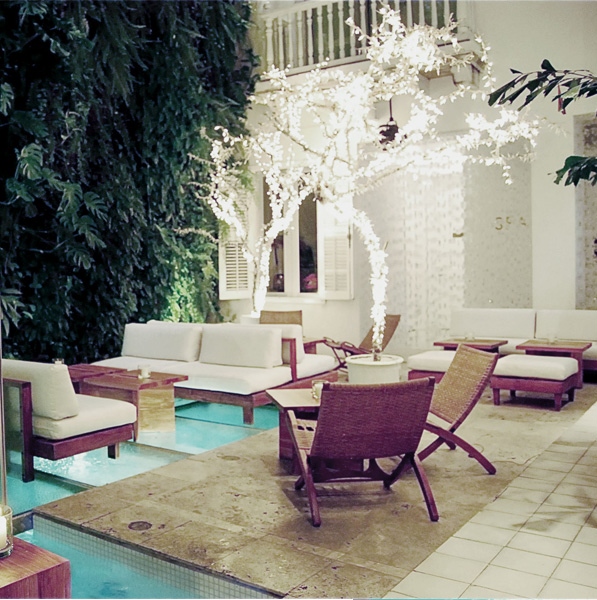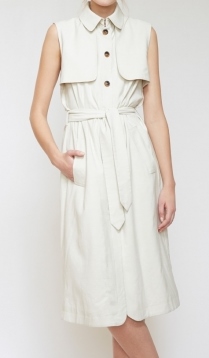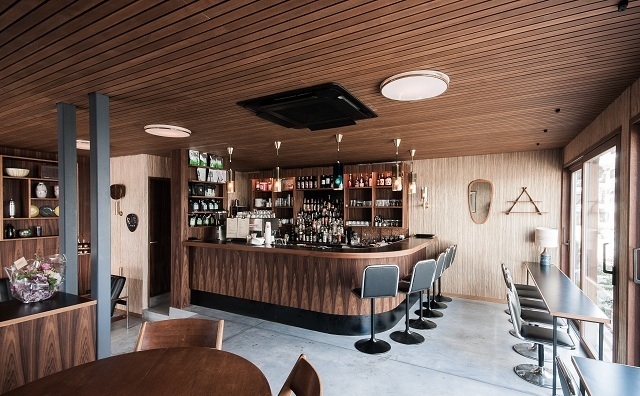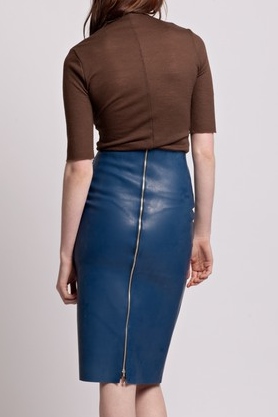Magical Márquez
His was a voice at once, “classical and familiar, opalescent and pure, able to praise and curse, laugh and cry, fabulate and sing and when called upon, take off and soar…” This is how Thomas Pynchon described Gabriel Garcia Márquez in his 1988 review of “Love in the Time of Cholera.” Márquez died yesterday at 87.
Born on Colombia’s Caribbean coast, the eldest of 12 children, Márquez spent his early childhood living in his grandparents’ ramshackle house, a rambling expanse the imaginative boy populated with the ghosts who starred in his grandmother’s stories. Later in life, on the occasion of accepting the Nobel Prize for Literature in 1982 for his epic “One Hundred Years of Solitude,” Márquez described magical realism with humility at humanity: “Poets and beggars, musicians and prophets, warriors and scoundrels, all creatures of that unbridled reality, we have had to ask but little of imagination. For our crucial problem has been a lack of conventional means to render our lives believable.”
Unbridled believability: the man, his words, his manner. Channeling his fastidious fashion sense – he liked wearing all white from his linen suit to his shoes and watchband – I picture Fermina Daza of “Cholera” wearing this bone shift by Billy Reid in the Aquabar at the Tcherassi Hotel in Cartagena, Colombia. Imagining her in this magical setting evokes a moment from “Cholera,” a sentiment suited to the passing of the person who wrote it. “The Captain looked at Fermina Daza and saw on her eyelashes the first glimmer of wintry frost. Then he looked at Florentino Ariza, his invincible power, his intrepid love, and he was overwhelmed by the belated suspicion that it is life, more than death, that has no limits.”



